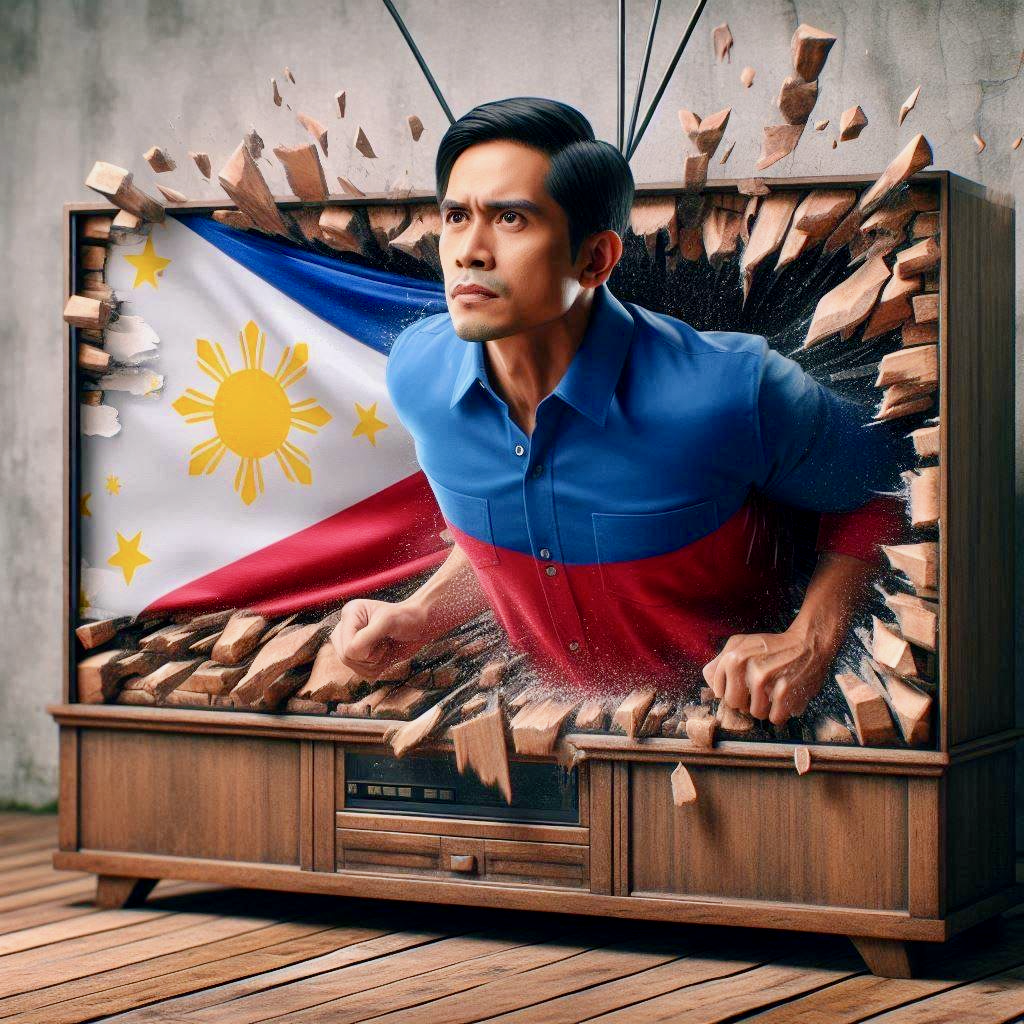
By Vincent R. Pozon
A product attains success only when it is turned into a brand. And so it is with the politician: brand awareness, not just recognition, is necessary for sales, or in electoral contests, votes. At the ballot box, voters aren't just choosing a name, they are buying into a perceived platform, personality and vision.
Now consider candidates with extensive media exposure. The ones ubiquitous on television.
“Media made them, talked about them, created their… brand image. Such candidates are considered 'media stars' because they were often seen on television, whether in news programs or entertainment shows, well before the campaign period began… Political ads merely served to reinforce previous media exposure, as noted by advertising professor and practitioner Eleanor Agulto, as quoted in the article "Why Pichay still lost."
Omnipresence – the quality that makes gods of men and women
Aside from being expensive, especially for ordinary citizens, advertising has difficulty in relaying more substantial matters and issues. In content though, a candidate is able to expound and explain their positions on what affects the community in the medium that sells products and ideas well. Without hostile program anchors and TV hosts distorting their statements.
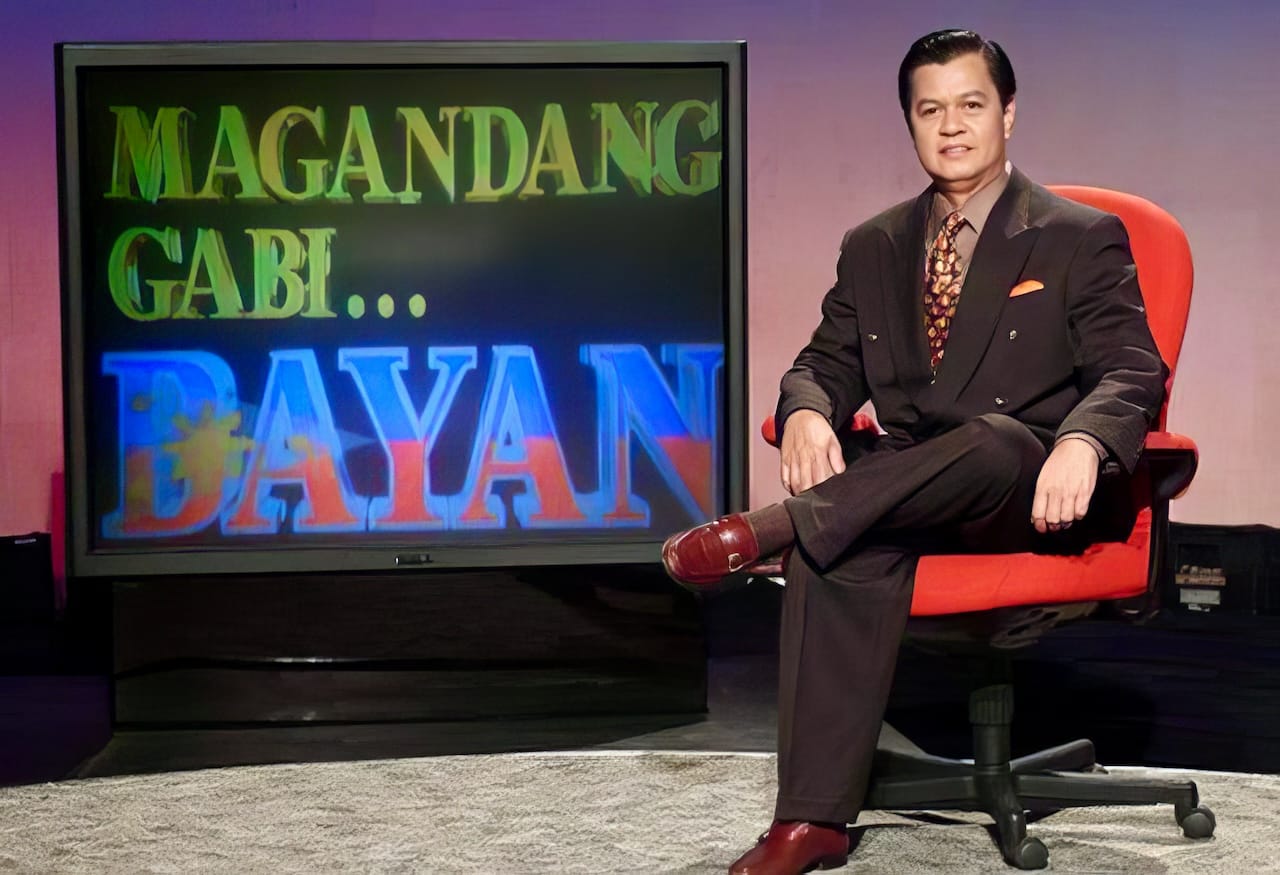
As evidenced by research findings and electoral outcomes, prior media exposure trumps exposure during the campaign period, regardless of financial resources allocated.
Noli De Castro’s MGB, although originally intended as commercial programming before his political aspirations, exemplifies the power of media presence. It won him vice presidency. Loren Legarda's face and voice was on television every single day of the week for years. She is a senator and a previous contender for vice president.

Eat Bulaga was and is the wind beneath the wings of Tito Sotto. A more current example would be the Tulfo brothers.
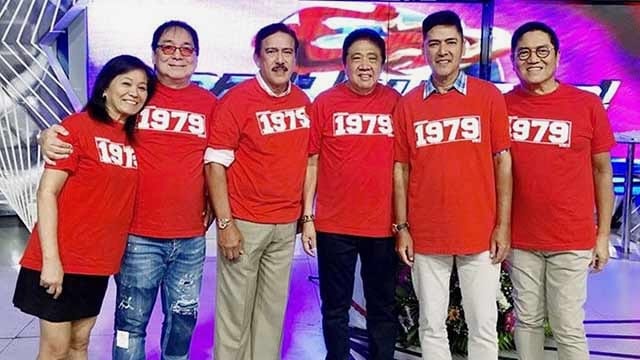
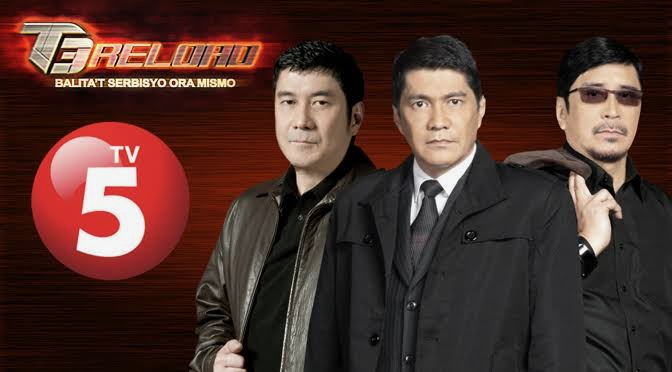
“People might be willing to give (the Tulfos) a chance owing to their prior record of addressing their concerns,” said Pulse Asia president Ronald Holmes.
Simply stated, content provides more than awareness.
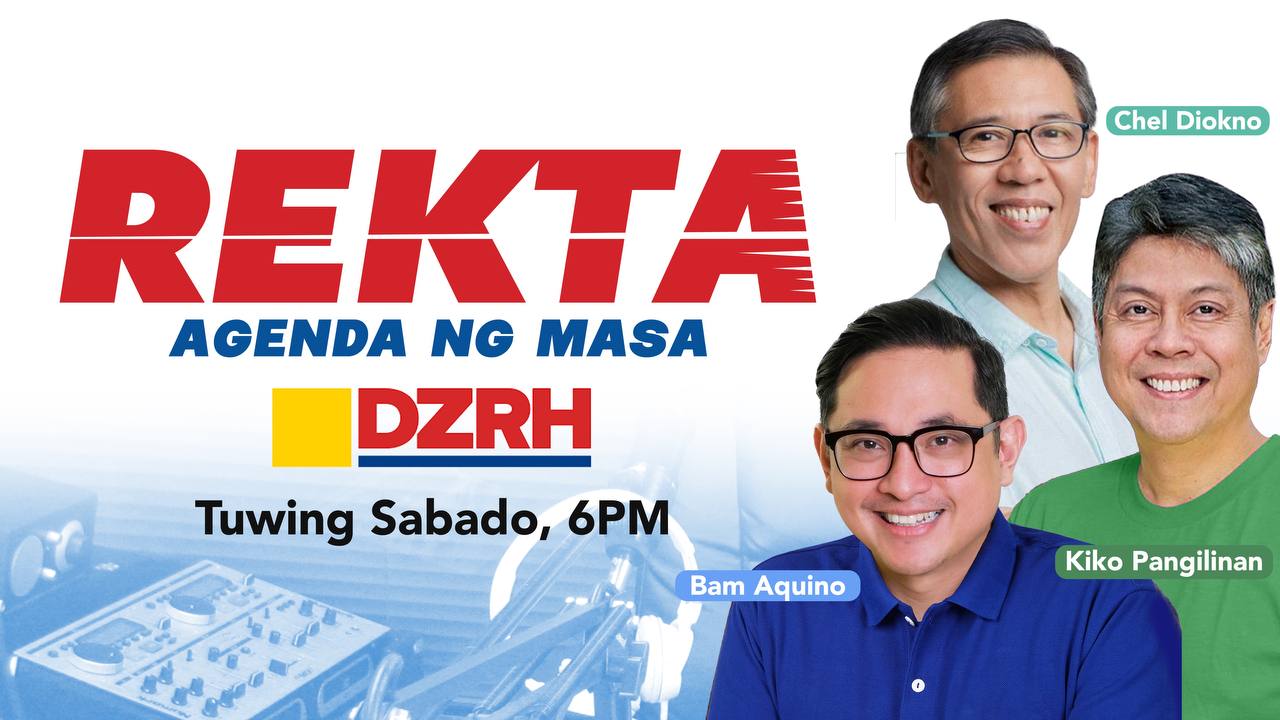
Creation of Consent and Consensus
Only with content, only with a substantive story, can one elicit Consent, reach the level of “To die for”, a description we grant to personalities who capture fervid allegiance from their supporters. Whether that support is wide enough is another matter, that is the function of advertising to address – Consensus.
We can find the perfect example on the other side of the ocean. Donald Trump's The Apprentice, a reality television program, ran for 15 seasons, other iterations of the franchise for several more. While the passionate supporters of his present candidacy might arguably be less numerous than the commonsensical, they are the kind who would commit their lives, families, and hard-earned savings to the campaign, march for him, and even instigate a civil war for him.
In contrast, nobody would 'die for Biden.' 'I think, right now, the hardest thing is to make young people excited about Joe Biden,' said Megan Eisenstein, the communications director of the College Democrats group at Lawrence University.
AN IMAGE OF POWER carefully crafted on television through many years.
It isn't 100% successful of course
There have been well-known personalities who consistently appear near to last in lists of candidates. "Exposure or awareness does not always translate to electoral preference," commented Joey Salgado, journalist, political writer and author. "Since the 90s, leftist personalities have received more than substantial exposure on TV. Pero talo pa rin sa senatorial elections. Same goes with government officials who are media hogs".
The desired image must be carefully crafted to cultivate endearment, the quality that transforms mere awareness into active support at the ballot box, converting "aware" to "voting for". And, again, I point to Trump as Exhibit A – a brand that has successfully captured the essence of authority and influence, however flawed or false.
What to do then?
The solution is access and use of government media assets. Government possesses numerous untapped media resources that could serve as platforms for candidates. A segment of the day can be allocated to the task, provided all year round, and increased during actual campaign period. Private broadcasting companies can also be mandated to provide airtime.
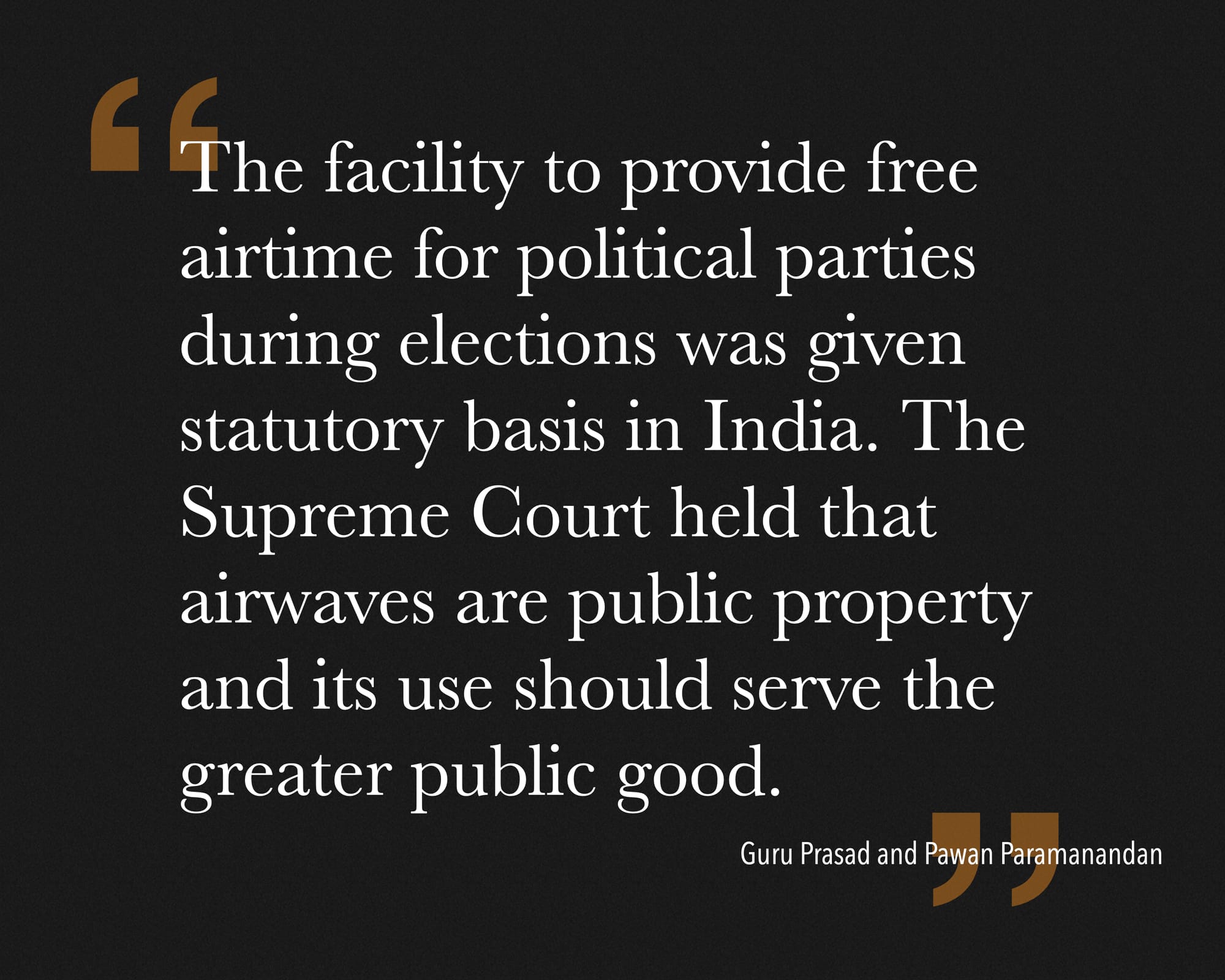
This is hardly new, as it has been studied well and implemented in other countries with various formulae on how to make it viable.
"The facility to provide free airtime for political parties during elections was given statutory basis in India. The Supreme Court, in its famed judgment, held that airwaves are public property and its use should serve the greater public good," so wrote Guru Prasad and Pawan Paramanandan in The Hindu.
The Carter Center, an organization that monitors elections all over the world, recommends that "free political broadcasts should be aired during peak time viewing and listening, when audiences are highest."
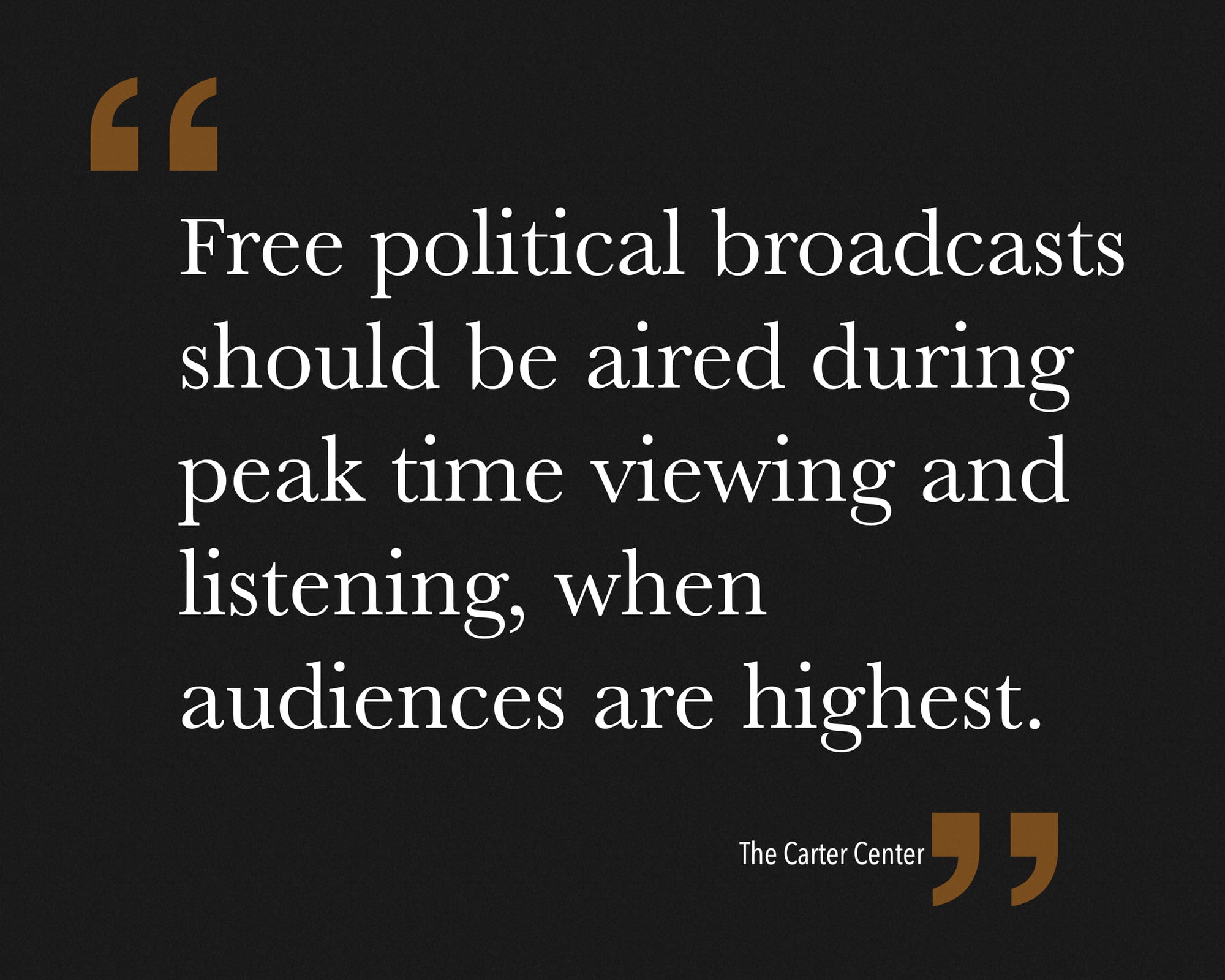
"In Europe, the provision of free air time, especially during election periods, is considered, among others, as a remedy to the potentially corrupting influence of big money on politics. Regulatory frameworks and independent authorities are tasked with distributing free broadcast time to parties and candidates while setting out conditions for such broadcasts... The provision of free air time to parties and candidates proportionately to their electoral influence secures media coverage to smaller players, creating a level playing field", wrote the Dentons on Lexology.
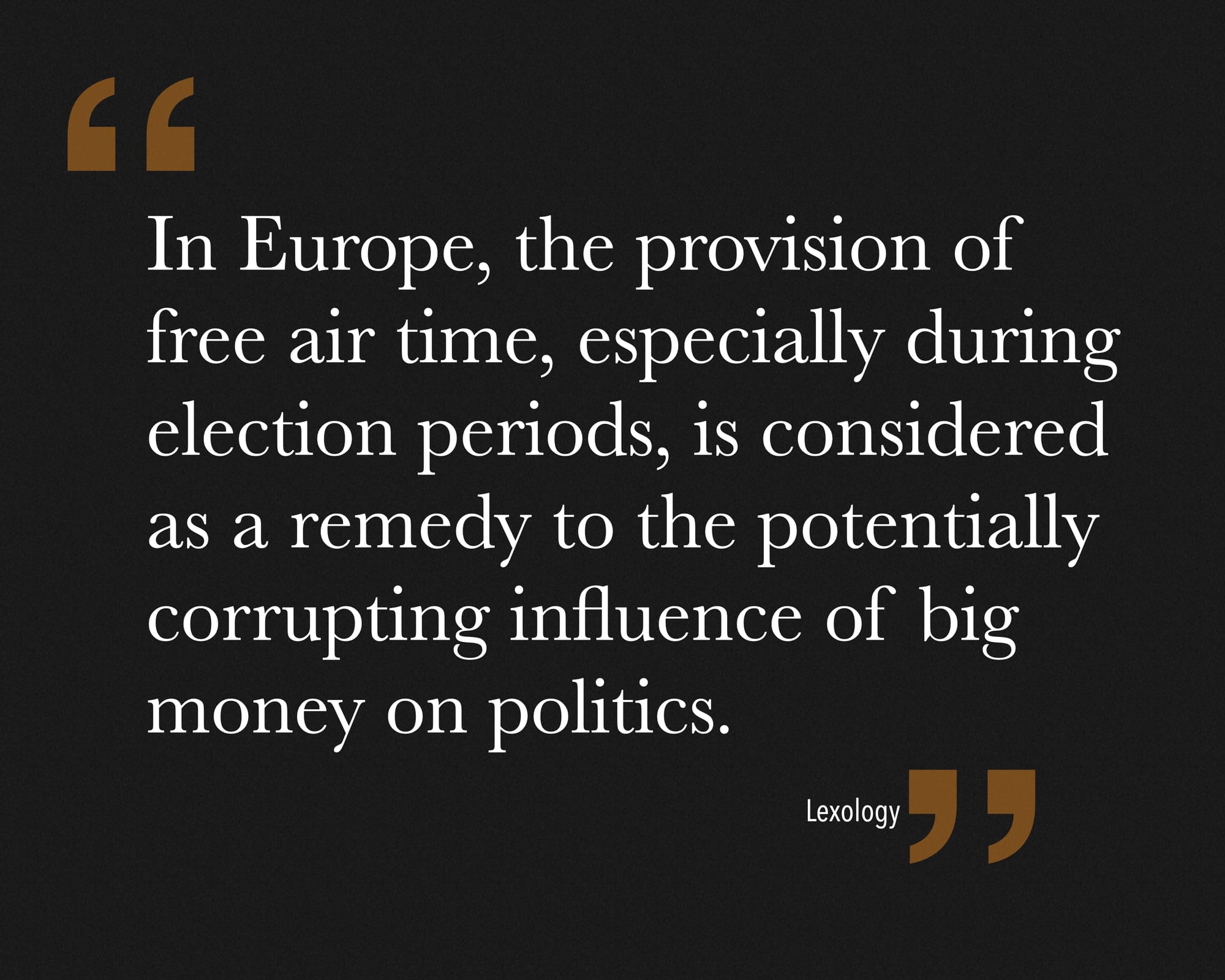
I can imagine the resistance of private broadcasting companies. It would be good to remind them that broadcasters have the use of the medium for free. “Congress confers this benefit because it considers broadcasters as public trustees; they pay nothing, and, in turn, they must operate in the public interest," Kari Garcia wrote in their paper"Broadcasting Democracy: Why America's Political Candidates Need Free Airtime".
In a country where television is still watched and listened to, then we might as well commission it for the good of the country, giving the good out there a chance to be seen and heard and considered. That, or we wait for the death of television before the playing field is made more democratic.

Vincent R. Pozon
After a year of college, Koyang entered advertising, and there he stayed for more than half a century, in various agencies, multinational and local. He is known for aberrant strategic successes (e.g., Clusivol’s ‘Bawal Magkasakit’, Promil’s ‘The Gifted Child’, RiteMED’s ‘May RiteMED ba nito?', VP Binay's 'Ganito Kami sa Makati', JV Ejercito's 'The Good One'). He is chairman of Estima, an ad agency dedicated to helping local industrialists, causes and candidates. He is co-founder and counselor for advertising, public relations, and crisis management of Caucus, Inc., a multi-discipline consultancy firm. He can be reached through vpozon@me.com.
If you liked what you just read and want more of Our Brew, subscribe to get notified. Just enter your email below.

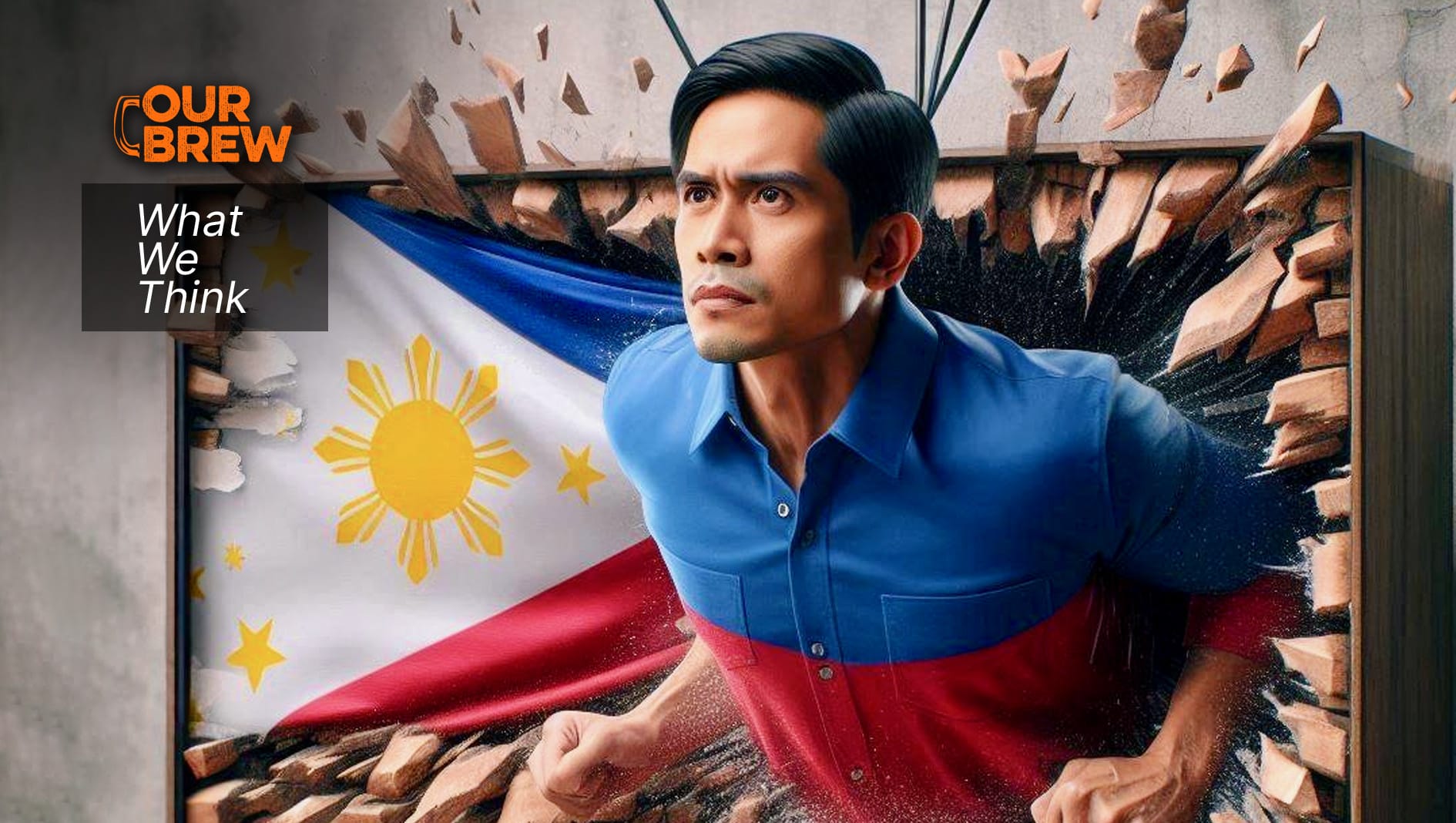
Related Posts
Save Us from the ‘Chiztitution’
Jul 01, 2025
Welcome to the PR Presidency
Jun 18, 2025
What Happened to Sara’s Impeachment? ‘Na-tokhang sa Senado’
Jun 11, 2025